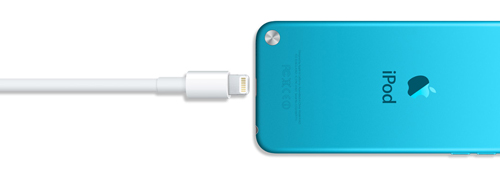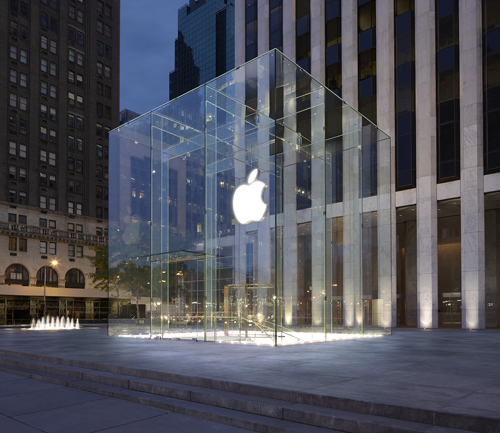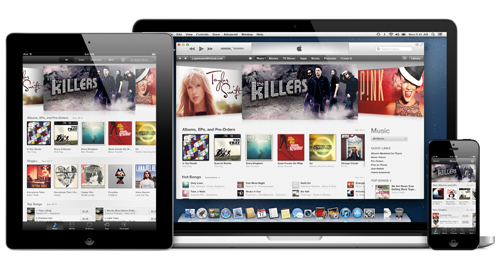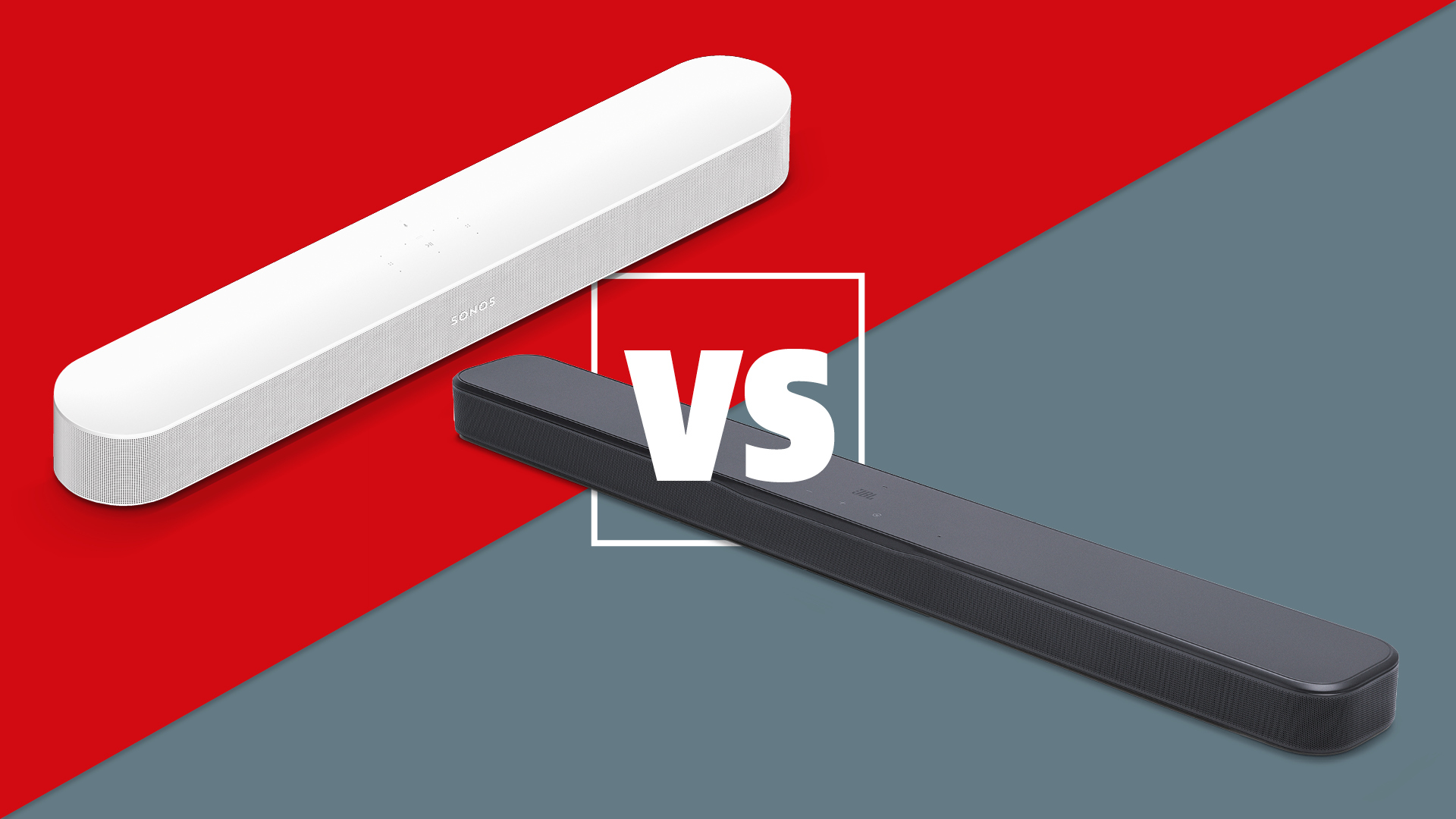Apple edges towards Lightning headphone connections
Cupertino tech giant serving notice on traditional 3.5mm headphone jack with new specification for headphone manufacturers

A new specification for headphone manufacturers as part of Apple's Made-For-iPhone/iPad/iPod (MFi) initiative could well have a significant impact on how we listen to music on the go.
This latest development to emerge from WWDC this week will allow third-party companies to create headphones that can be connected to iOS-operated devices through the Lightning Port.
MORE: Apple buys Beats for $3 billion
According to 9to5mac.com, the new spec was "quietly introduced" at the Cupertino giant's yearly developers conference and could be bad news for the standard 3.5mm headphone jack.
It's claimed that headphones connecting to iOS devices through the Lightning port will be able to receive a lossless stereo 48kHz digital audio output and send a mono 48kHz digital input. This could pave the way for headphones with superior built-in DACs that bypass the digital-to-analogue converter in the iDevice itself.

Meanwhile, third-party manufactures will also have the chance to make use of Apple Headphone Remote volume controls and other buttons that either launch apps or control playback.
It's also thought that using the Lightning Port will let headphones get power from an Apple device and therefore remove the need for manufacturers to create products such as noise-cancelling cans with internal batteries.
The latest hi-fi, home cinema and tech news, reviews, buying advice and deals, direct to your inbox.
MORE: Apple launches iOS 8 at WWDC

Of course, it remains to be seen how many firms take up the opportunity but we can surely expect Beats-branded cans coming with a Lightning connector after it was bought by Apple.
And if this Lightning move from Apple leads to an increase in iOS sound quality, it'll come as little surprise if it complements reported plans for high-resolution audio when iOS 8 arrives.
MORE: High-resolution audio – everything you need to know
MORE: iPhone 6 – news, rumours and what to expect
by Pete Hayman
Pete was content editor on What Hi-Fi?, overseeing production and publication of digital content. In creating and curating feature articles for web and print consumption, he provided digital and editorial expertise and support to help reposition What Hi-Fi? as a ‘digital-first’ title; reflecting the contemporary media trends. He is now a senior content strategist.
